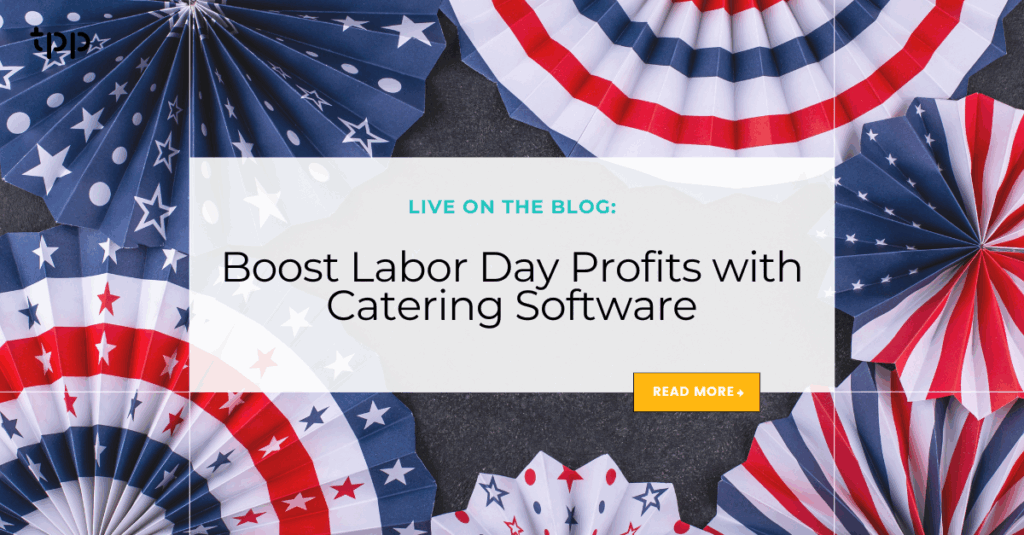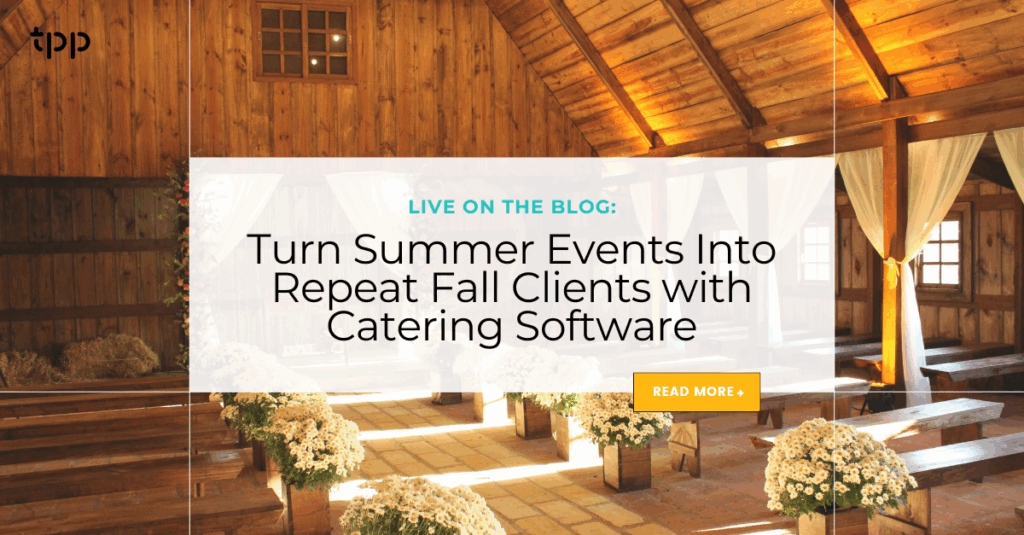Covering Catering Costs Without Sacrificing Quality
Clint Elkins, SB Value
www.wegrowvalue.com
Something that all caterers have to be conscious of is keeping your food costs in check while ensuring that you’re operating above simply breaking even. It’s easy to think that you’ll cut costs here or there as you see fit, but you have to remember that clients come to you because of the quality of your products and services. If you were to cut out a valuable ingredient, it could seriously affect the integrity of the menu that you’ve crafted. It can be a bit of a balancing act, but there are a number of ways to cover your catering costs without sacrificing the overall quality that brings in customers.
Be intentional and conscious of seasonal items
One of the best ways to save on your bottom line is to purchase seasonal foods. Keep an eye on what’s trending and be flexible in the sense that you can switch up your menus as necessary. We don’t recommend fully throwing out dishes that work for you (and that keeps the positive reviews coming in), but adding an autumn-specific soup can keep things interesting and satisfy clients with a more sophisticated palate.
Better yet, seasonal produce and fruits are, of course, cheaper than any other time of year. Take advantage of the savings, and understand that your menu will have a fresher, more organic feel by snagging the ingredients while they’re ripest.
Always aim for sustainability
This is a no-brainer, but you should always think about the longevity of what you’re purchasing. Is it sustainable to make this dish every weekend out of the year (at absolute most)? Yes, that specialty cut of beef may sound appealing on paper and to most customers, but you’d be doing your profit margin a serious disservice if you simply aren’t seeing the ROI of what you’re offering.
To take it a step further, evaluate where you’re being wasteful, or even if there’s an area of over-production. It requires a bit of trial and error to find the best fit when catering events of all sizes (and client desires), but doing the bit of research afterward can show you exactly where you’re throwing out unused food and/or over-purchasing. For example, try reducing the size of your protein and upsizing with some delicious side items and vegetables. You’ll not only save on expensive protein, but this eliminates guests having to pick through a larger portion than they may need. Trim and spoilage can account for as much as 8% of your overall food costs!
Take notice of what your customer actually wants
You may think that you’ll be able to impress your client by purchasing above and beyond what they ask you for, but this may have an adverse effect. You should always prioritize what your client asks of you, and this is absolutely possible while still saving you a bit of money. For instance, if a client stresses that he/she wants a gluten-free or vegetarian meal, they’ve set the stage for what the focal point will be.
That being said, a certain condiment or dressing will not be the star of the show, and those are the places where it’s safe to buy generic rather than pulling out all of the stops and making your own. The same goes for paper, plastics, disposables, and more – the customer doesn’t see how you operate behind-the-scenes, so there’s no need to go with bamboo plates, straws, or ‘green’ cleaning products if you simply can’t afford it.
As long as you are delivering a high degree of quality to your clients that you’re proud of, keep in mind that you have options when you may need to run a bit more lean on food costs.
Clint Elkins is the VP of Sales at SB Value, a group purchasing program designed to reduce catering, kitchen and food-service costs by leveraging the collective buying power of thousands of companies.





